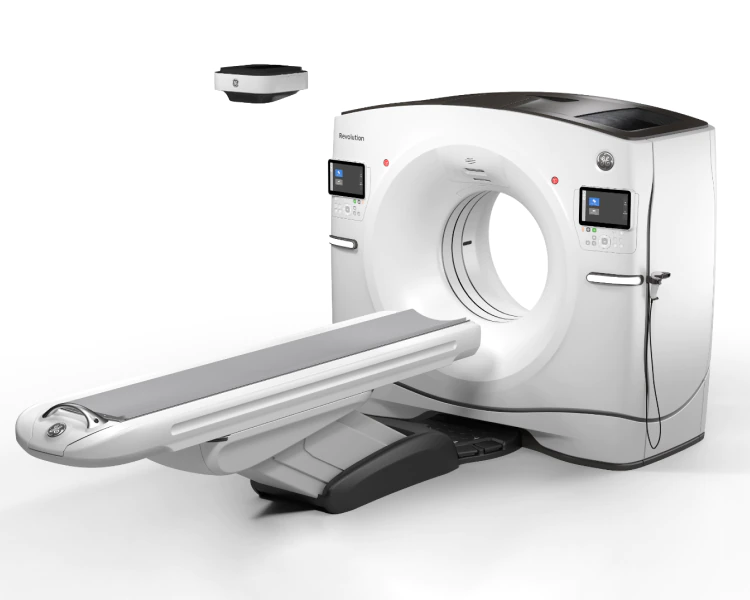In the coming weeks, a new CT scanner will be installed at the hospital in Ísafjörður. As a result, the last phase of the reconstruction of the surgery and accident department will begin. This results in a temporary limitation of services, but after the construction the service will be better and more modern.
Computed tomography is an embodiment of X-ray technology. High-energy light beams are shot at the human body from an imaging lamp that rotates around the patient at high speed. The tissues of the body block the rays to varying degrees. Air, for example in the lungs, blocks the rays almost nothing, fat and muscles more, and bones a lot. With this technology, a three-dimensional image of the body can be built for diagnosis and treatment.
New and perfect device
The current device has been in use at the institute for well over a decade, and over 1,000 CT scans per year have been taken on it in recent years. In 2020, we received a statement from the government to start a needs analysis and a tender process for the purchase of a new one.
Heilíríðsstofnun Vestfjörður and the Hospital in Akureyri jointly led a large tender for CT scanners that will be installed in several locations in the country. The tender was based on a combination of device lifetime cost and quality assessment. GE's Revolution Ascend model was both the cheapest and the best. Healthco is authorized for these devices in Iceland.

The new device is absolutely perfect. Radiation doses are kept to a minimum, machine learning is applied to enhance image quality, a 3D scanner is used to precisely position the patient, and a contrast injection is interconnected. The device will therefore greatly modernize image analysis, in addition to which a subscription to the manufacturer's ongoing software development is included.
The cost of the device during its lifetime, which is around 8-10 years, is estimated at around ISK 150 million.
That May 11th the old device will be taken down and disposed of, but it no longer contains any useful items. It is expected that installation will take a considerable amount of time, and that you will be able to start using the device then May 23rd. Minor changes must be made to the premises at the same time.
Operating room construction completed as a result
The operating room will then be closed. She will be blocked May 23 to June 19, in order to complete projects that started many years ago but have been delayed due to, among other things, disruptions in supply chains and the pandemic. During this closure every effort will be made to maintain as many services as possible, but it is inevitable that larger projects will need to be sent to other hospitals.